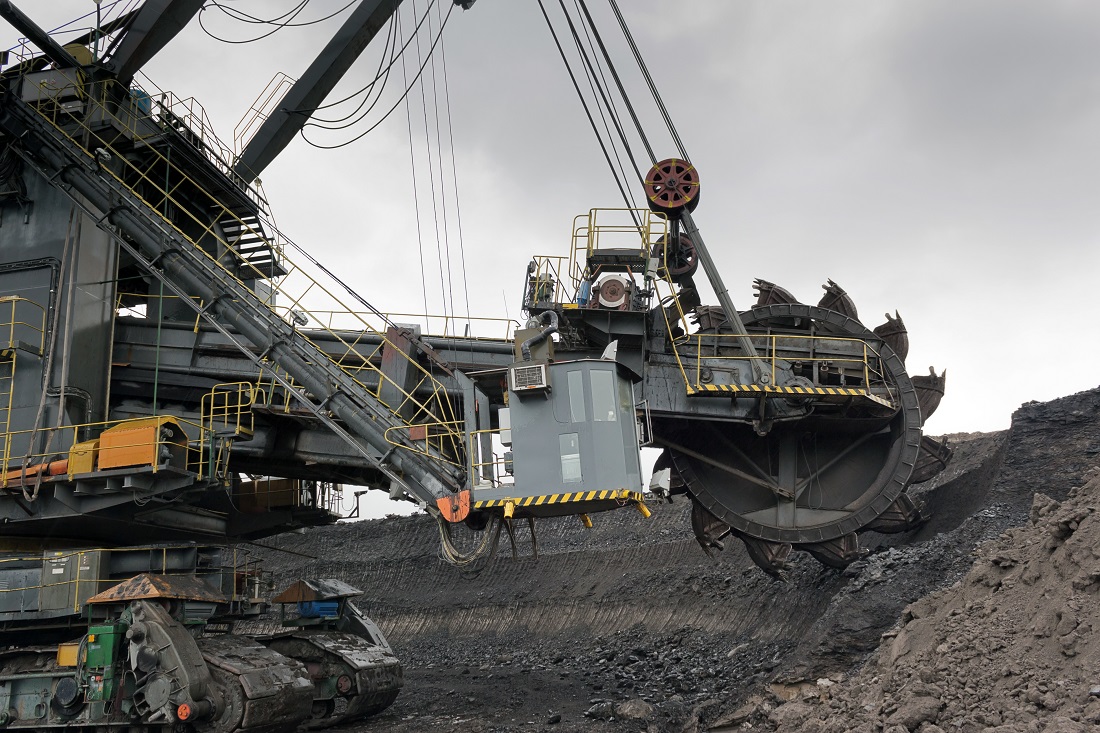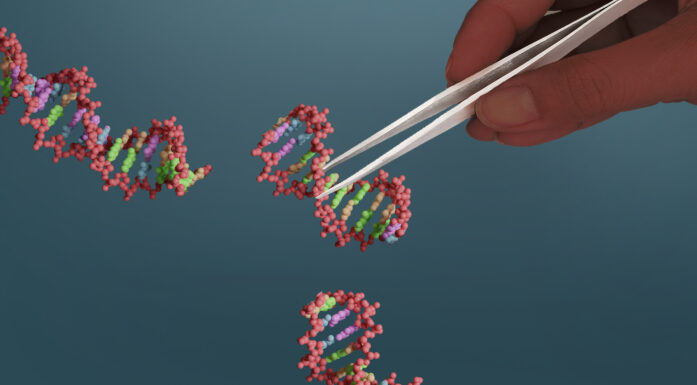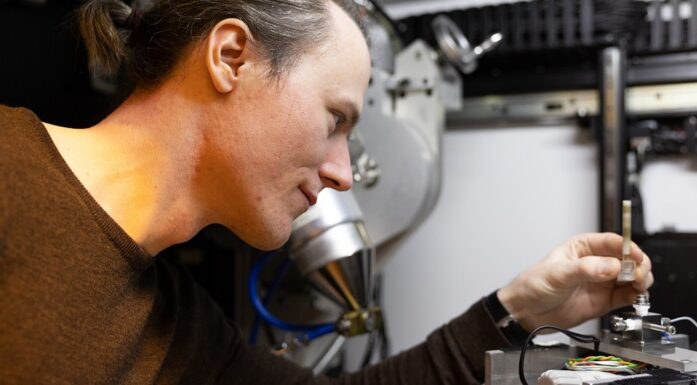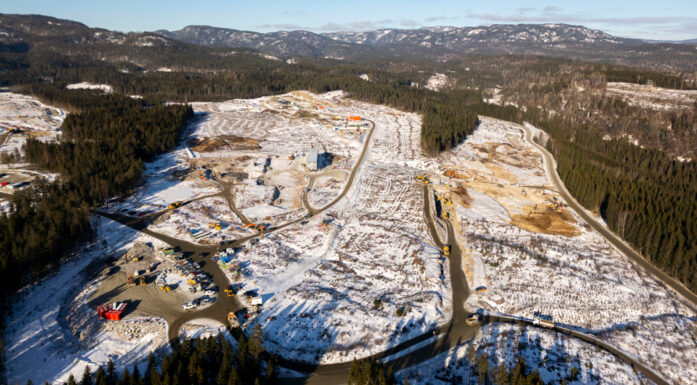Quantum sensors paving the way for new possibilities in many areas
Increased cooperation between Norwegian industry and universities on quantum physics sensors is a win-win situation for society. Such sensors can provide new opportunities in areas as diverse as mineral extraction and agriculture.
There has been a lot of talk about the potential of quantum computers. Fewer people are aware that there are much more well developed practical applications of quantum physics that are of direct relevance to Norwegian companies and industry.
Quantum physics effects can be used to create ultra-sensitive sensors to measure things like magnetic fields [1] and changes to the structure, movement and gravitational fields of the Earth [2]. There are clear applications for precision readings of these magnitudes in Norwegian industry, such as in the surveying of land and the seabed for the extraction of minerals and other resources.
An increased focus on cooperation between Norwegian industry and universities on quantum physics sensors is a win-win situation for society.
Traditional sensors are limited by the sensitivity of the detection methods, but the new techniques could potentially far exceed such limitations.
Even though quantum computers have the potential to radically advance information technology in the future, the time is now ripe for putting what quantum physics can offer in high-precision readings to work.
Highly sensitive measuring devices
Studies conducted into quantum sensors aim to develop highly sensitive measuring devices using basic principles from quantum mechanics.
Traditional sensors are limited by the sensitivity of the detection methods, but the new techniques could potentially far exceed such limitations.
These measuring devices fully use the wavy nature of matter to measure physical magnitudes such as magnetic and electric fields, temperature, pressure and even gravitational waves.
One example of such a sensor is the atomic clock, which uses the vibrational frequency of atoms to measure time with extreme precision. Other examples of quantum sensors include magnetometers that can detect small magnetic fields.

By providing detailed information about soil and mineral properties, quantum sensors can help reduce the environmental impact of mineral extraction. Illustration photo: Colourbox
Many fields of application for quantum sensors
Quantum sensors could revolutionize fields such as navigation and medical imaging.
The same can be said for areas as down-to-earth as mineral exploration and agriculture. In mineral exploration, quantum sensors can be used to detect minerals that are hard to find using traditional exploration methods.
This could allow us to explore for mineral deposits at completely different depths to those we can access today.
These are important issues that the global community needs to consider.
It would allow farmers to obtain detailed information about soil fertility, crop health and water use. This information can then be used to optimize crops and reduce waste.
By providing detailed information about soil and mineral properties, this new type of sensor can help reduce the environmental impact from these industries and make them more sustainable, contributing to the green transition.
Quantum sensors central to global community
These are important issues the global community needs to consider in order to sustainably feed an ever-growing population.
There is no doubt that basic research in this field will be essential. Quantum sensors are only one of many examples for which basic research in natural sciences will be crucial in creating important technological breakthroughs.
Norway has world-class professionals
Norway, one of the world’s richest nations per capita, has researchers that excel among world leaders in their fields of research and we need to contribute here.
In Norway, major industry players such as Equinor and Yara have the financial strength it will take to support the free basic research that is required. The Research Council of Norway also needs to obtain the necessary funding to finance free basic research to a sufficient extent.
Investment in basic research needed
Basic research in physics is key to the discovery of new technology.
Basic research in physics is essential to the discovery of new technologies — just look at what happened during the 19th and 20th centuries.
Experiments on electromagnetic waves in the late 1800s laid the foundations for communicating across long distances using radio waves.
Ideas that emerged in the early 1900s on stimulated emission in atoms resulted in laser technology.
A lot of the essential technology we use today has its origins in basic research conducted many decades ago.
Experimental readings of electrical resistance in magnets in the late 1980s, without any intention for practical use, revolutionised magnetic storage technology ten years later. This is the basis of the enormous storage clouds from Google, Apple, Microsoft and Facebook.
Meticulous basic research on the transmission of electromagnetic signals through ultra-pure fibre-optic cables laid the foundation for the world’s most important piece of infrastructure, the internet.
There are also many other examples we could mention. A lot of the essential technology we use today has its origins in basic research conducted many decades ago.
[1] R. Kleiner, D. Koelle, F. Ludwig and J. Clarke, Superconducting quantum interference devices: State of the art and applications, in Proceedings of the IEEE, vol. 92, no. 10, pp. 1534-1548, Oct. 2004, doi: 10.1109/JPROC.2004.833655.
[2] Stray, B., Lamb, A., Kaushik, A. et al. Quantum sensing for gravity cartography. Nature 602, 590–594 (2022). https://doi.org/10.1038/s41586-021-04315-3





